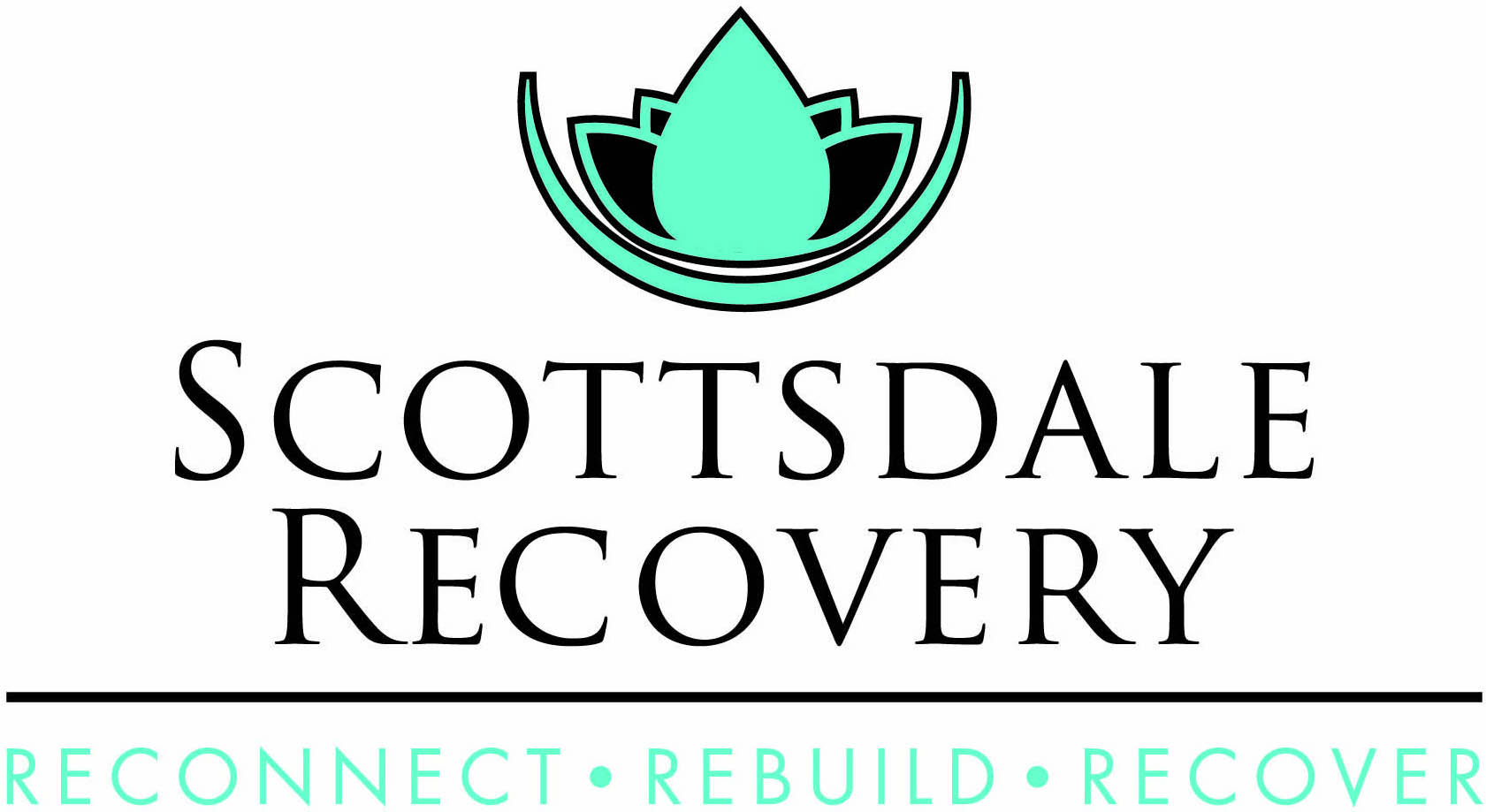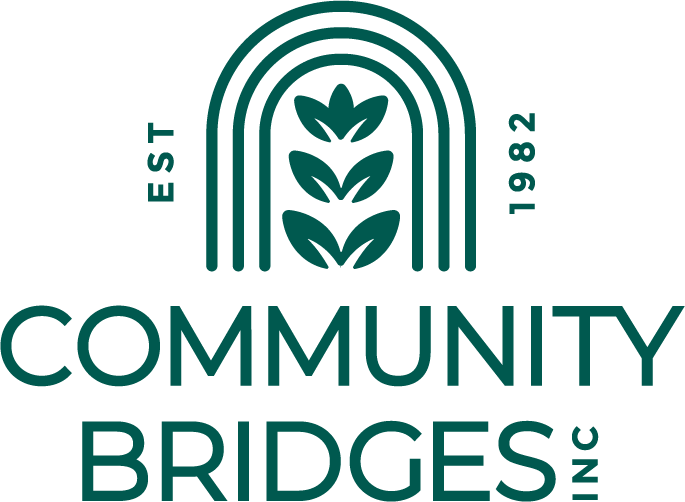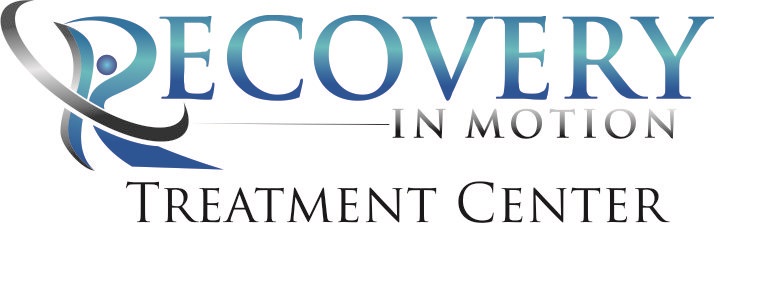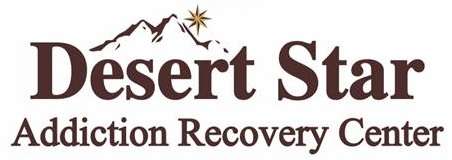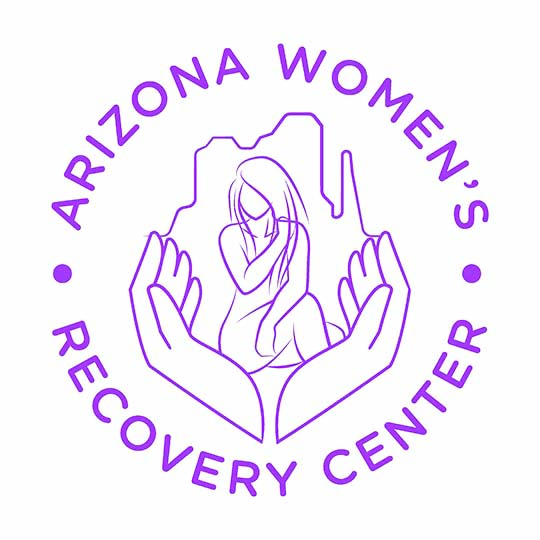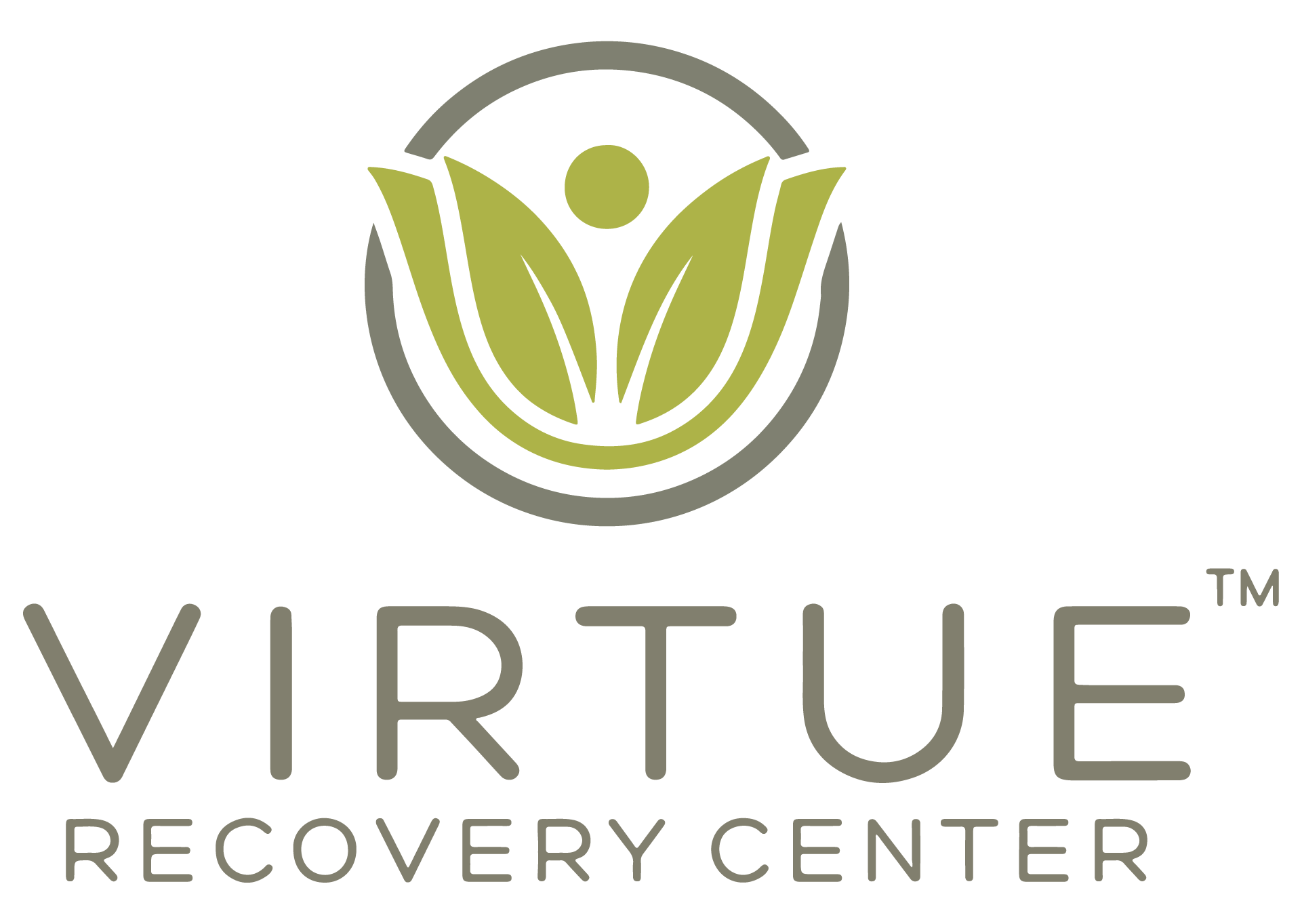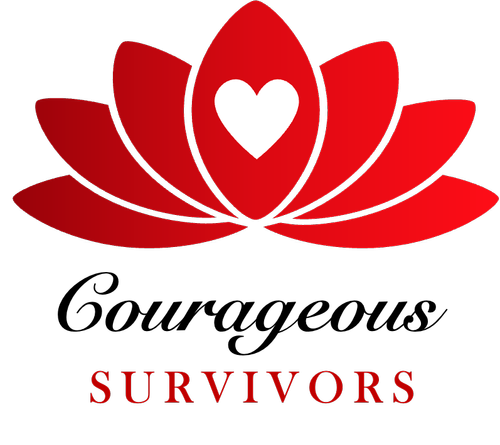By Dr. Barbara Krantz philip Seymour Hoffman’s tragic death has focused attention on heroin addiction. Unfortunately, heroin addiction is on the rise from teens to older adults. Heroin Addiction doesn’t...
By Dr. Barbara Krantz
philip Seymour Hoffman’s tragic death has focused attention on heroin addiction. Unfortunately, heroin addiction is on the rise from teens to older adults.
Heroin Addiction doesn’t Discriminate
Individuals from every socioeconomic background have access to the drug because it’s cheap and easy to get. According to SAMHSA, in 2011, 4.2 million people age 12 and older used heroin at least once in their lifetime, and 23 percent became dependent.
Although heroin addicts are treated alongside those addicted to alcohol and other drugs, heroin addiction can be especially difficult to treat because of the euphoria it produces in the brain. Heroin can reach the brain more quickly than other drugs — depending on how it’s administered. For example, injecting it intravenously can actually speed up the process of becoming addicted.
For this reason, we do often recommend that heroin addicts stay in treatment for at least 60 days. We find that individuals addicted to heroin need extensive time in treatment because of how much the drug impacts their brain and behavior. Cravings can be intense and they need to relearn how to deal with life stressors and be able to use non-chemical coping skills.
One of the challenges for many recovering addicts — especially those with a preference for opiates — is that painkillers prescribed for a legitimate reason are addictive and lead many people to heroin. If a doctor is unaware of a patient’s history of addiction or the patient is unaware of the addictive nature of prescription painkillers — a dangerous flame is ignited. In some cases, patients don’t have a history of addiction, but their painkiller use eventually becomes abuse and spirals into heroin addiction.
In the case of a relapse, as was the situation with Mr. Hoffman, we believe this process happens even before someone picks up a drink or a drug again. They begin to fall back into unhealthy behavior such as not reaching out for help when dealing with stress, isolating themselves and not being accountable to friends and family. Addiction is a chronic disease and is therefore encoded on their brain. Therefore, once unhealthy behavior starts again there is a tendency to slip right back into old destructive familiar ways.
It’s important to understand that relapse isn’t synonymous with failure. Just like any other chronic illness – people who relapse can recognize that they need help and get the support they need to get back on the path to sobriety. A person has to be actively involved in order to achieve a full recovery.
The pain of addiction doesn’t just impact the individual. Families also suffer extensively. Some family members develop anxiety, depression or hypertension, for example, in response to being with the addict.
Families require treatment separately from their addicted loved one, which is an important part of any treatment center experience. At Caron Renaissance, for example, we have a specialized family restructuring program where families attend their own intensive treatment program.
For those families who are grappling with heroin or other addictions, I offer the following recommendations:
Learn about the disease of addiction. Many family members think, “If only they had loved me more, they wouldn’t have gotten addicted.” That’s not true. You need to understand that addiction is a disease and that it affects you as a family member. Whether or not your loved one is ready to accept help – I want to encourage you to practice a healthy recovery program yourself, whether through Al-Anon or a family support group.
Know what is in your power to control. You can’t control another person; you only have control over yourself. Family members who want to talk to their addicted loved one could use this type of language: “You don’t look well. I’m worried about you. There’s a lot more stress in your life right now because of x, y, and z. Do you have a professional you can talk to or would you be open to attending a 12-step meeting?” You can’t force an adult into treatment but you can stage an intervention in which friends and family express their concerns and feelings to the addict in a loving way.
Learn how to appropriately set boundaries. Families often want to keep a loved one close to them because they feel like they can keep an eye on the individual and help to ensure their safety. However, that behavior frequently enables the addict to continue his or her use. It may seem counter intuitive, but many families have to enforce difficult consequences such as asking the addict to leave the house.
Dr. Barbara Krantz is the Medical Director at the Hanley Center.






